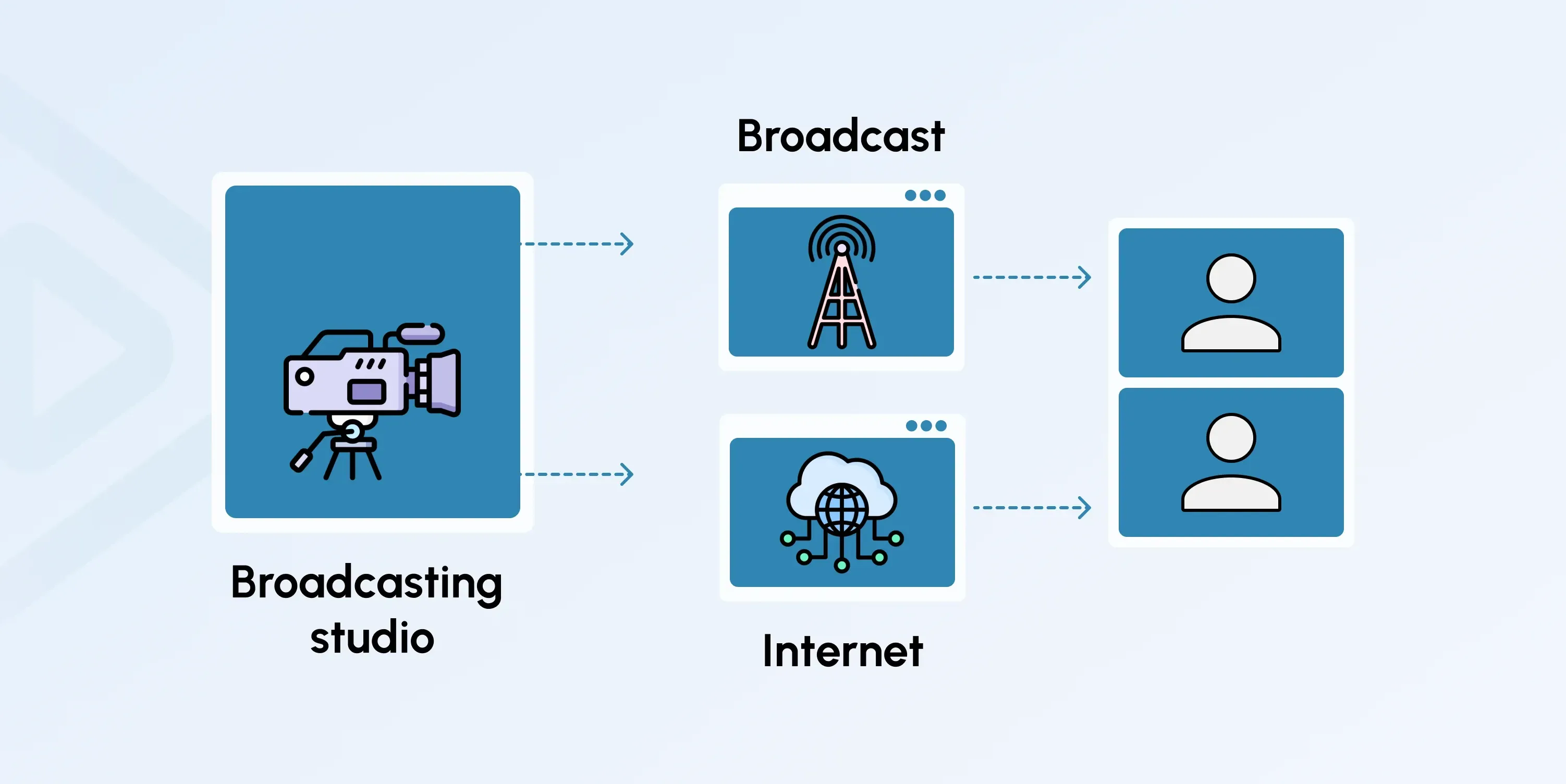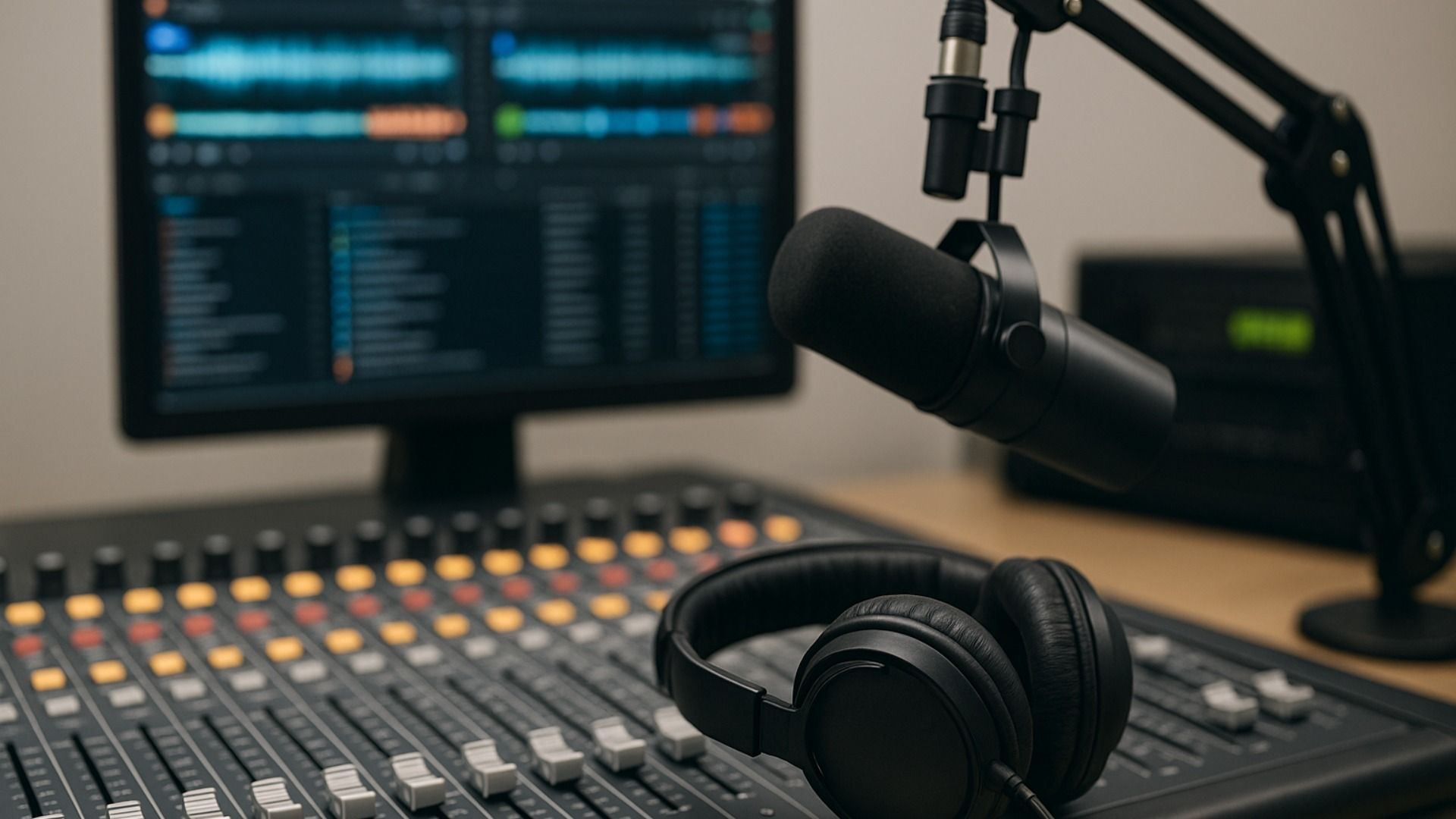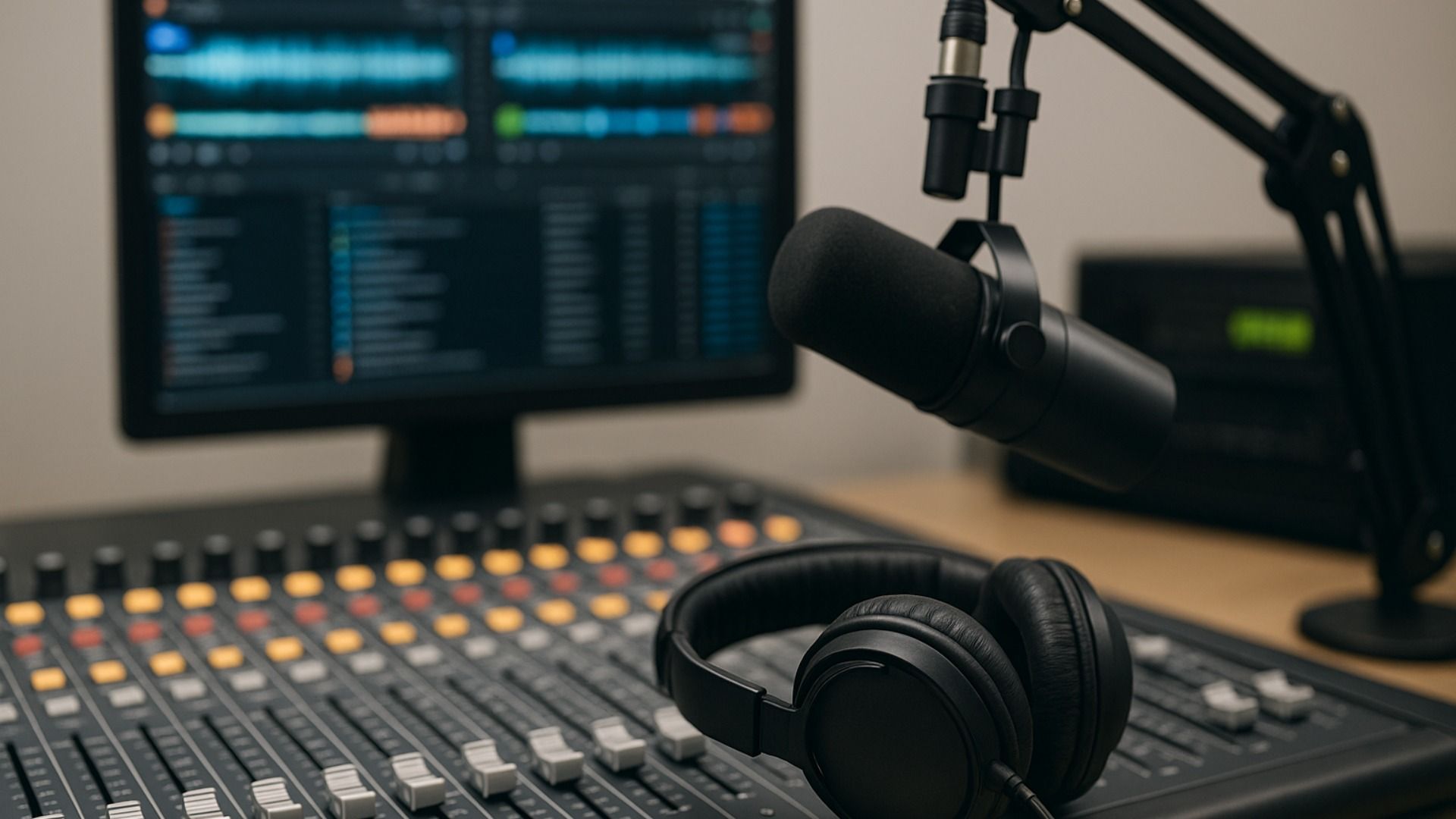Managing Background Noise and Acoustic Treatment
Managing Background Noise and Acoustic Treatment
Hey...let's talk audio recording and broadcasting, specifically managing background noise and implementing effective acoustic treatment are essential for producing professional-quality content. Whether you are recording podcasts, radio shows, or voiceovers, unwanted background noise can distract listeners and diminish the overall audio experience.
In this blog, we'll explore effective techniques for managing background noise and the importance of acoustic treatment to create a controlled recording environment.
Understanding Background Noise
Background noise can be any unwanted sound that interferes with your primary audio recording. It can include external noises like traffic, construction, or even air conditioning systems, as well as internal noises like computer fans, electrical hum, or floor creaks. Minimizing background noise is crucial to achieving clear and immersive audio, allowing your message to shine through without distractions.
Choose the Right Recording Space
Selecting the right recording space is the first step in managing background noise. Look for a quiet area, away from heavy traffic or other sources of noise. If possible, opt for a room with minimal echoes and reverberation. Large empty spaces tend to create echoes, which can be challenging to eliminate during post-production.
Time Your Recordings
If you have control over the recording schedule, try to record during quieter times of the day. Early mornings or late evenings are often less noisy, reducing the chances of external disturbances. Additionally, pay attention to any regular noises in your environment, such as garbage collection or lawn mowing, and plan your recordings accordingly.
Acoustic Treatment
Acoustic treatment is the process of modifying the acoustic properties of a room to optimize sound quality. There are two primary aspects of acoustic treatment:
- Sound Absorption: Using materials like acoustic panels, foam, or diffusers to absorb sound reflections and reduce echoes. These materials are effective at minimizing the amount of reverberation, resulting in a cleaner and more focused recording. Your an also run over to your local Harbor Freight tools and purchase moving blankets. A great way to absurd sound!
- Sound Isolation: Employing techniques like sealing gaps around doors and windows, using double-pane windows, or constructing sound booths to isolate your recording space from external noise.
Use High-Quality Microphones
Investing in a high-quality microphone with a focused polar pattern, such as a cardioid or supercardioid, can help reduce background noise pickup. These microphones are designed to capture sound primarily from the front while rejecting sounds from the sides and rear, allowing you to maintain a clear and isolated recording.
Pop Filters and Windscreens
In addition to managing background noise, using pop filters and windscreens can further enhance audio quality. Pop filters help reduce plosives, while windscreens protect against wind noise and subtle air movements that can affect recording clarity.
In Conclusion
Managing background noise and implementing proper acoustic treatment are crucial aspects of producing professional-grade audio content. By choosing the right recording space, timing your recordings thoughtfully, investing in acoustic treatment materials, using high-quality microphones, and employing pop filters and windscreens, you can significantly enhance the audio quality and ensure a distraction-free experience for your audience.
Remember, a little attention to detail and consistent efforts in managing background noise will go a long way in elevating the impact of your audio recordings, allowing your message to resonate clearly and effectively with your listeners.










